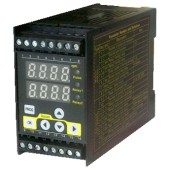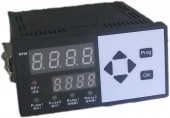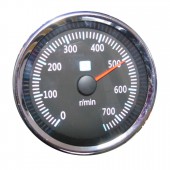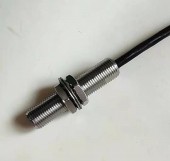| Guidance 指路人 g.yi.org |
software / RapidQ / RQ Doc / html / loops.html |
|
Introduction to LoopingFOR .. NEXT Loop As previously stated, in Rapid-Q this looping structure is optimized, but you may only notice a slight difference. There are some special cases when using a FOR loop in Rapid-Q.
FOR I(1) = 1 to 100
NEXT
This is not valid in Rapid-Q. Why not? Because I(1) is an array, you'll get
a compiler error. Only simple types are supported, which means anything BUT arrays.
The default increment value is 1, if you want a different increment value, please
use STEP:
FOR I = 1 TO 100 STEP 2
PRINT I
NEXT
This will skip all the even numbers, so the output will be: 1 3 5 7 9 ...etc.
If for whatever reason you wanted to exit the loop, you can use EXIT FOR.
WHILE .. WEND If you want to test a condition before entering the loop, you could use a WHILE .. WEND loop. There are no special cases when using this loop, it's exactly like QBasic:
WHILE I < 100
I++ '-- Increment I
WEND
It's much like a DO .. LOOP, except the expression is tested before entering the loop.
To exit the WHILE .. WEND loop for whatever reason, you use EXIT WHILE.
DO .. LOOP A simple DO .. LOOP without any test expression will loop infinitely:
DO
PRINT " Hello World! "
LOOP
To exit the DO .. LOOP, you use EXIT DO. Infinite loops aren't used much in
Windows programming (event based anyway). You'll usually want a test expression
as in our WHILE .. WEND loop, except we place it differently:
DO
I++
LOOP UNTIL I >= 100
Unlike QBasic or other implementations of BASIC, Rapid-Q does not offer
DO WHILE or LOOP WHILE. They're basically useless (ie. they can be implemented
in another way), except to provide users with more options. For example,
this is valid in QBasic:
DO LOOP WHILE I < 100Which is equivalent to: DO LOOP UNTIL I >= 100
|
| ||||||||||||||||||||
| © Fri 2025-7-4
Guidance Laboratory Inc. Email:webmaster1  g.yi.org Hits:0 Last modified:2015-12-25 19:42:26 g.yi.org Hits:0 Last modified:2015-12-25 19:42:26
|
 |
|||
|
|
 搜索
搜索 论坛
论坛 Home
Home 回顶部
回顶部







